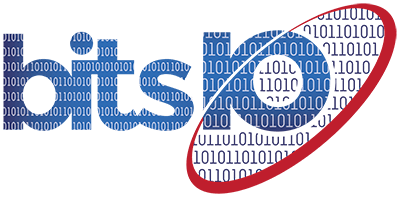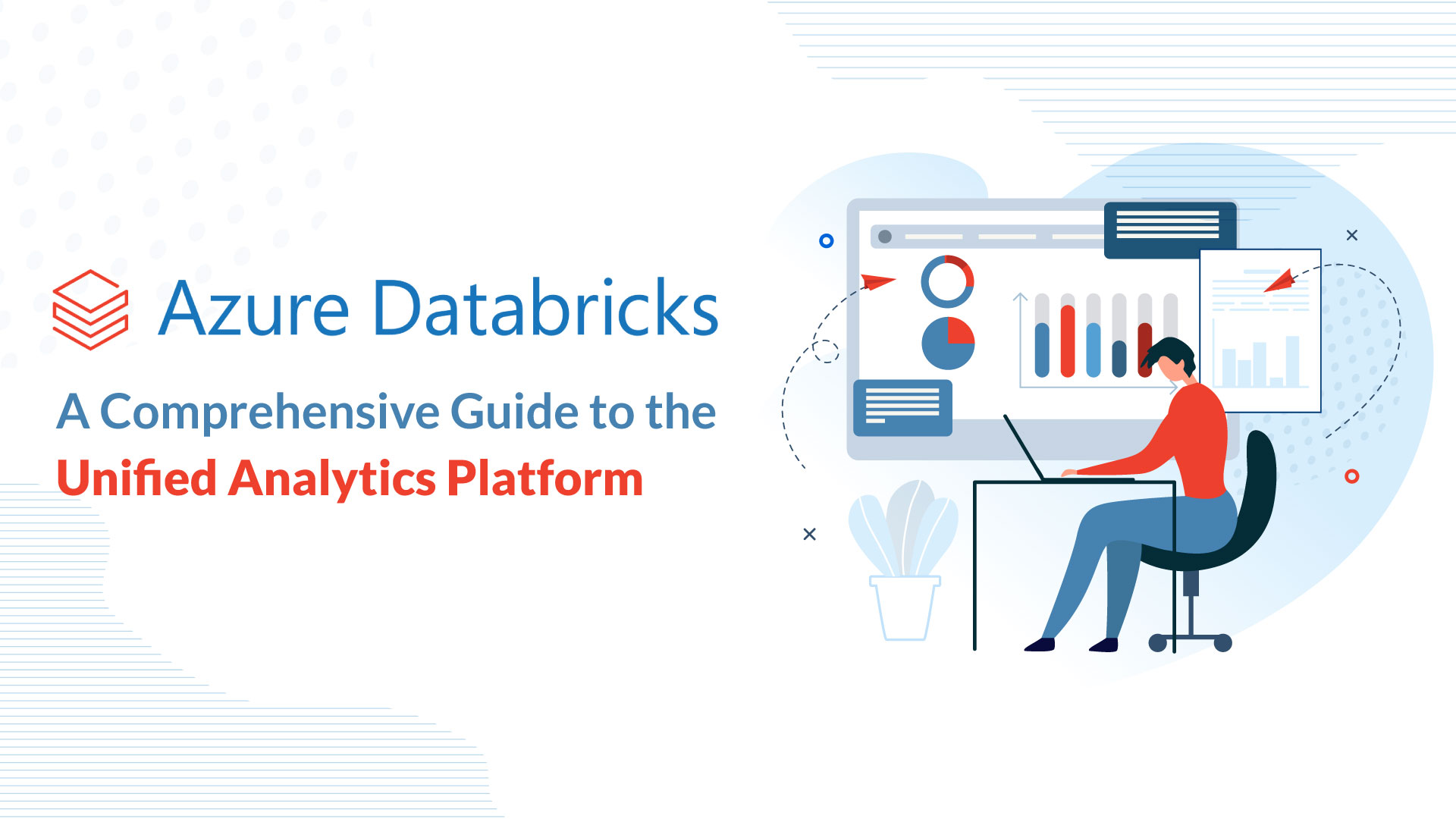
Managed Detection and Response MDR is a cybersecurity solution that combines the best of both worlds – technology and human expertise. It enables organizations to rapidly detect, monitor, and respond to threats without the need for additional staff. With MDR, organizations can quickly detect suspicious activities and respond quickly with appropriate countermeasures.
While an in-house security team has merits, it is an often expensive and resource-heavy endeavor for most businesses to staff, deploy, and maintain.
Even when implemented correctly, it must stay updated with emerging cybersecurity trends, technologies, and tactics to effectively detect and respond to threats orchestrated by the increasingly sophisticated cyber-criminal.
For most businesses, this could potentially drive resources away from your business’s core competencies and hinder overall productivity.
Instead, outsourcing your cybersecurity demands through MDR (Managed Detection & Response) may be a lucrative option to improve your threat resilience and response time.
This article aims to help readers understand what MDR is, its benefits, and why it could be precisely what your business needs to maintain the best security standards.
What is MDR?
A managed detection and response (MDR) is an outsourced service that delivers threat detection and resolution to businesses by leveraging software and human prowess.
Through MDR, companies can instantly access the service provider’s engineers, research repositories, and software functions such as root cause analysis, incident analysis, network monitoring, and threat response systems to defend themselves from emerging attack vectors better.
In other words, MDR services are a proactive and cost-effective way for businesses to outsource targetting and defeating threats without diminishing their resource pool.
Problems solved by MDR
Bootstrapped businesses often face numerous challenges in detecting and responding to threats. These challenges may hinder the business’s ability to respond proportionately to the varying magnitude of incidents afflicting them.
Let us explore some of these circumstances and comprehend why MDR services may be an ideal solution to help mitigate them.
Lack of resources
Even with a fully staffed security team, it is still a major challenge and a significant drain on resources for companies to protect themselves from threats. With newer and more sophisticated attack vectors developed daily by malicious actors, companies continually invest in the latest technologies and infrastructure to stay protected.
However, even the most cutting-edge security tools can only be worthwhile if you periodically spend considerable corporate funding to educate, train and innovate your security teams to keep up with emerging cybersecurity trends.
Only then can they stand a chance of defeating the newest attack vectors. Unfortunately, most businesses do not have the sizeable resource pool and tools required to achieve such an endeavor.
However, an MDR provider uses its own resources, workforce, and technological capability to detect and combat incidents. This service allows businesses to channel their resources and staff toward enhancing the performance of other core competencies and worry less about cyber security.
Overwhelmed by alerts
For the sake of understanding, let us first consider only IoT devices’ impact on business security. The sheer volume of these devices and their vulnerabilities is becoming increasingly unmanageable for in-house security teams.
Even though these devices increase workplace efficiency and productivity, not all are reputed to uphold the high standards in network security that your business may demand. The high volume of data transmissions these devices use can often be an ideal opening for attackers to penetrate your networks.
Systems tasked with monitoring these communications may flag a high volume of transmissions as suspicious activity and overwhelm the business with alert notifications. While most of these incidents may be false flags, a few dangerous threats may enter the network disguised as harmless data transmissions.
Successfully sifting through the high volume of alerts and segregating genuine threats and false flags may require more time and resources. These are the potential repercussions of IoT devices alone.
Now, to add more severity to the problem, consider all the internal and external network devices, such as customers, remote staff, external vendors, supply chain partners, and hybrid networks that add to the attack surface of the business networks.
Due to the sheer volume of potential attack vectors facing networks today, most bootstrapped companies detect real threats only after system breaches occur.
This increasing attack surface is the major problem facing businesses today that external MDR service providers can mitigate instantly. An MDR service provider can quickly go through alerts, assign priority levels, provide actionable recommendations and deploy countermeasures based on the incident’s propensity to inflict network damage.
What an MDR can bring to your organization
For a business’s security team to be nearly as effective as the outsourced alternative, it must spend a considerable amount of its resources on infrastructure and staffing.
On the other hand, an MDR service provides businesses with round-the-clock cloud-based network security and a high level of technical expertise.
Achieving complete endpoint security through MDR deployment requires a fraction of the budget, time, and infrastructure requirement you would conventionally need to set up an in-house security system.
Here are the invaluable security features a professional MDR service can bring to your organization:
Prioritization
Prioritization is an excellent approach that classifies and assigns threat levels based on the severity of damage an attack vector may cause to the system.
This approach is instrumental when you are continuously bombarded with security alerts daily and need help to make sense of which threats to respond to first.
By employing managed MDR, the service provider helps separate the more pressing issues from those with little to no effect on your networks.
Through MDR, prioritization filters benign events and false positives and provides companies with qualitative reports and more detailed notifications on immediate and potentially damaging threats.
Threat hunting
The human intellect combined with the sheer computational power of modern-day computing makes MDR an excellent solution for hunting threats.
Human expertise goes a long way in identifying and resolving issues that even the most professional software or automated security system may neglect. Sophisticated hackers frequently devise new and improved methods to trick and bypass the security protocols of the most experienced security software.
As the saying goes, it takes one to know one, which highlights why MDR places importance on the human element for hunting threats orchestrated by the increasingly elusive cyber-criminal.
MDR empowers cyber security experts with all the technological tools necessary to proactively hunt and defeat attempted intrusions.
Investigation
When an organization’s network comes under siege, it must explore all means to identify its vulnerabilities and take preventive action to ensure similar attacks don’t reoccur.
The best approach to preventing attacks is to obtain a broader understanding of the threat’s origin and effect on the network before responding.
Most MDR service providers help companies achieve this by providing informative threat alerts with detailed event data and actionable advice on suitable treatment.
When facing a threat, an MDR system may investigate the incident and provide details on how, when, and where the attack was perpetrated for organizations to learn how to improve their future resilience from similar attacks.
Guided response
A guided response leverages informational threat reports to perform a worthy response to incidents. Here, the MDR team assesses threats and provides businesses with appropriate countermeasures recommendations.
A guided response may include valuable suggestions such as whether system isolation is required, how to eliminate the danger swiftly, and advice on preventing future reinfection for companies to achieve an optimal security posture against current and future threats.
Remediation
Recovery is the most crucial step to solving the problems caused by a security event. Here, the system isolates or addresses the potential threat and restores the system to a normal capacity.
Failure to achieve successful recovery entails the company’s in-house systems have failed to achieve their security goals.
On the other hand, an MDR-provided managed remediation system preemptively restores the system by conducting periodic registry cleaning, intruder removal, addressing persistent threats, and, finally, rids the network of any harmful malware while preventing future security risks.
Benefits of an MDR
MDR systems are gaining recognition as a robust means for businesses to significantly reduce the time taken to detect and quash treats from days to minutes.
As a result, the damage incurred on businesses during attempted network incidents is far less severe. Some of the other benefits of an MDR are:
Improved security posture
Through MDR, businesses can now face, handle, and respond to threats more resiliently than ever before while maintaining complete system functionality during most events.
Restore endpoints to a good status
In the unfortunate event of a system suffering damages, MDR allows companies to handle threats and restore system endpoints to a working condition in a fragment of the time it takes with in-house security systems.
Move toward strategic security projects
Outsourced MDR solutions seamlessly optimize your security systems and allow you to strategically divert resources toward improving other business aspects.
Your workforce no longer needs to dwell on repetitive tasks with an adept MDR system handling your network security.
MDR vs other Endpoint protection services
While endpoint protection services have benefits, your business security may demand more robust solutions for optimal threat resilience.
Before you decide on what service to go for, getting a deeper understanding of the popular endpoint protection services commonly employed today and what they offer customers compared to MDR could be beneficial.
MDR vs EDR
Endpoint detection and response (EDR) is simply a tool amongst several offered by an expert MDR service. EDR provides businesses with an automated response, including an event investigation report. This report consists of behaviors and endpoints for the in-house security team to go through and formulate a response.
More adept EDR systems have machine learning and behavioral analysis features that try to shed light on the details surrounding the incident. EDR’s effectiveness is diminished when there isn’t a team with the right expertise and knowledge to understand and act on its information.
This is the major setback businesses invested in EDR solutions have compared to those employing MDR systems.
An MDR system assigns the duty to process the EDR findings to the human expertise of the MDR system.
Here, the outsourced service utilizes its workforce, technical prowess, and threat intelligence to process the data and provide enterprise-grade endpoint protection to businesses at a much lower price than it would cost to hire an in-house security operations center (SOC).
MDR vs MSSP
A significant advantage of managed security service providers (MSSPs) is that they are a cost-effective method to monitor network traffic for events. When a threat is detected, MSSPs notify the business of the confirmed threats. It is an effective tool that allows businesses to manage technologies, vulnerabilities, and compliance.
However, the problem with MSSP systems is that they fall short in active threat response because they require the business to utilize their specialized security teams, vendors, and consultants to leverage the information provided and apply appropriate countermeasures.
On the other hand, MDR services surpass the capabilities of MSSP systems by actively detecting and applying countermeasures to mitigate and remediate any threats it deems harmful.
MDR vs Managed SIEM
Security information and event management (SIEM) is a system that gathers information from multiple security devices and networks to analyze signs pointing to varying degrees of threats.
Beyond that, the extent of what a SIEM provides entirely depends on the service provider’s offerings. In most instances, a SIEM may only provide the technological infrastructure to identify and alert businesses of potential incidents, leaving the response entirely to the in-house team.
Opting for a SIEM system that does this for you could require companies to spend additional funds typically drawn away from other competencies.
Alternatively, MDR systems are gaining traction over SIEMs as a cost-effective solution that has included threat detection and handling from day one of deployment. They are also less resource-dependent, financially feasible, and provide a more comprehensive event overview than the SIEM system.
Questions to ask when picking an MDR vendor
To help you make a more informed decision when selecting an MDR vendor, we have compiled a few questions to ask yourself.
These questions will help you choose the ideal partner with all the offerings that address your cyber security demands.
What expertise does your staff possess?
The answer to the question helps you better understand your organization’s security capabilities and get you one step closer to better security. So, if you feel your staff does not possess the right skillsets to combat emerging threats, do not worry.
An excellent MDR service provider should be able to provide comprehensive protection while introducing new knowledge and upskilling existing employees without placing the need to perform additional high-level staffing.
Can the MDR service access relevant data and systems?
For an MDR service to effectively do its job, it is vital to have optimal access to the business’s data and systems.
Employing solutions, such as cloud data storage, can be the most efficient and seamless way to provide access to the prerequisites the MDR service needs for it to perform its job.
How does the MDR team stay updated on security measures?
MDR teams and their security analysts and specialists spend considerable time and resources researching current and emerging tactics, techniques, and procedures hackers develop to target businesses.
They use an open-ended approach to identify geographical, cultural, and other patterns to better understand attackers and their origins.
Most importantly, while the technologies used by the modern-day hacker are constantly improving, so does that of the MDR team. They place a priority on leveraging cutting-edge technology to suppress any attempted intrusion.
Remember, only a few businesses have employees on the payroll with research-driven capabilities enough to deploy sophisticated threat detection and combatting. Rather than build such a system in-house, select the right MDR vendor to offer you up-to-date threat handling and protection.
How is the communication channel?
As the MDR team does what it does best, it simultaneously also practices knowledge transfer and empowers your employees to be more resilient and defend themselves better against emerging threats.
Through this system, as time progresses, so does the expertise of your employees. There will reach a point where the MDR team will gradually begin handing over their workflow to the capable hands of your teams.
At such a point, the transition must occur seamlessly and transparently, where all team members are comfortable with the systems and prepared to consistently carry out the same event responses as the MDR team. An MDR service that does not transfer knowledge or fails to train your staff for impending attacks may not be the right provider for you.
Is it a 24/7 service?
Bad actors do not consider the time of day when launching their exploits, nor should you. The best protection against threats is to have round-the-clock coverage of company systems that may be expensive for companies to enforce in-house.
Luckily, MDR systems offer such 24/7 protection to keep you protected even during off hours.
In conclusion,
If you still are unsure if an MDR is suitable for you, reach out to a service provider that can help you clear some of your doubts.
BitsIO is a service provider that makes your cyber security its number one priority. We offer state-of-the-art threat detection, analysis, and response systems to protect your organization against existing and emerging threats. Contact us to find out more.


